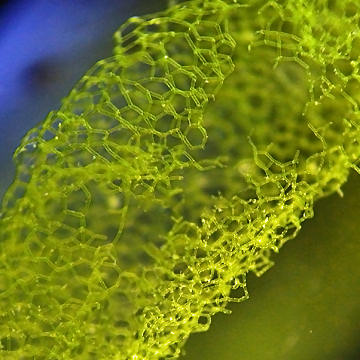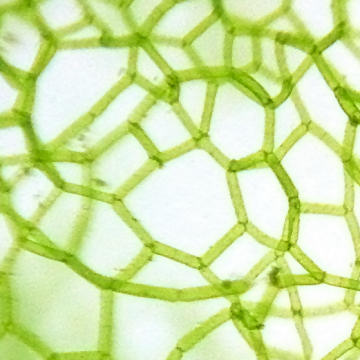Passiflora x belotii is the name given to the hybrid of P. alata and P. caerulea. It is a sterile hybrid that will not produce fruit but is a prolific bloomer when given plenty of light. The flower shown here was taken from one of my plants that was erroneously labeled P. incarnata at the nursery where I bought it.

There are over 450 recognized species in the genus Passiflora (Vanderplank 1996). Most are vines, but a small number can grow as trees (e.g. P. lindeniana). Most people recognize passionflowers as having purple and white flowers, but there are species that produce white, pink, yellow, red and even orange flowers. The flowers of the hybrid shown here are very fragrant with a scent similar to that of the fruit of P. edulis. The foliage of passionflowers is toxic primarily due to the presence of cyanogenic glycosides. When a leaf is chewed by an insect, these glycosides interact with ezymes in the leaf (much like when a glow stick is “broken” allowing the chemical components to mix) and release hydrogen cyanide as a by-product. A group of tropical and subtropical butterflies (subfamily Heliconiinae) have co-evolved with plants in the genus Passiflora and have developed the ability to somehow metabolize these compounds and use them as a defense against predators (Engler et al. 2000). One of the better known species is the red postman butterfly, Heliconius erato, which is often displayed in butterfly houses at botanical gardens and nature centers.
![]()
This image was taken at Hershey Gardens in their butterfly house. It is worth noting that the garden does not breed or raise their butterflies; they purchase pupae from places in the tropics that rear caterpillars, some of which are sold while others are released back into the wild to aid conservation efforts in areas where suitable habitat is diminishing.
Engler, H.S., Spencer, K.C. and Gilbert, L.E. 2000. Insect metabolism: Preventing cyanide release from leaves. Nature, 406, 144-145.
Vanderplank, J. 1996. Passion Flowers, 2nd ed. The MIT Press. Cambridge, MA.


